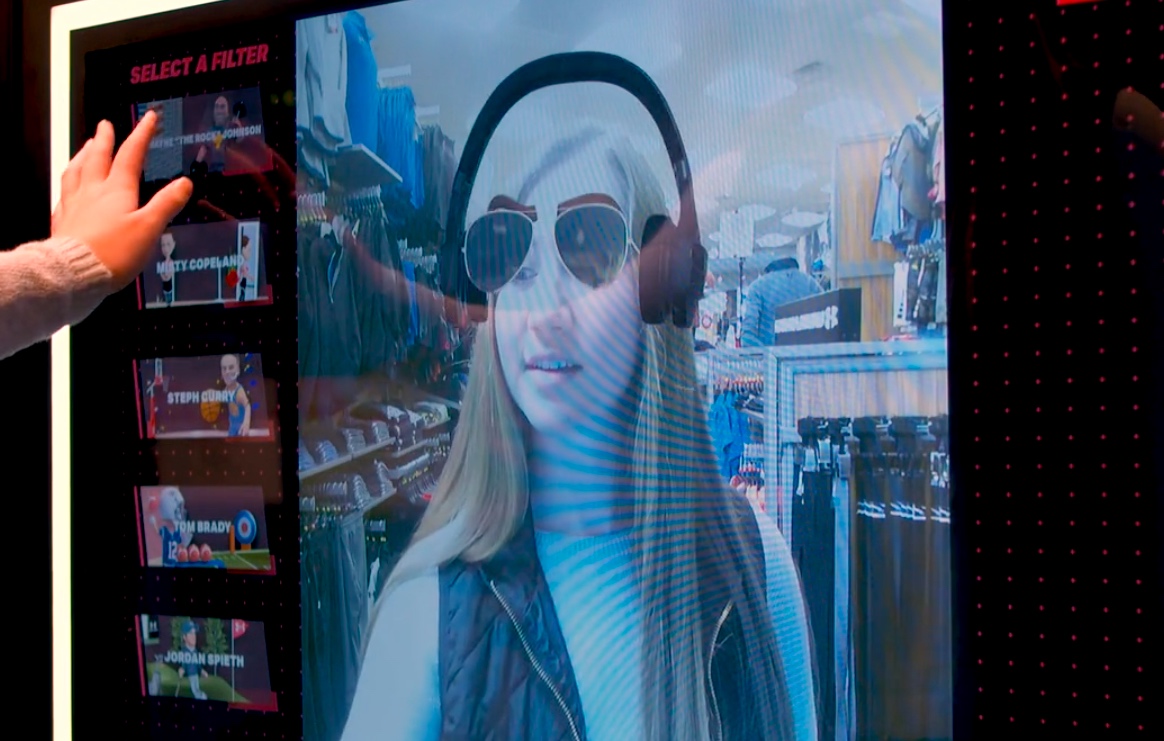James Giglio has been working in extended reality (XR) since just after the 2008 financial crisis, when economic turmoil caused a massive shift in the business world. Now, he’s witnessing a new upheaval — one brought on by the aftermath of the COVID-19 pandemic.
“Now as things are opening back up, there is still going to be that need for that brick-and-mortar shopping experience,” said Giglio, CEO and founder of Philadelphia-based XR company MVP Interactive. “But with augmented reality (AR), there are ways you can enhance that shopping experience.”
Soon, AR and virtual reality (VR) technology may be a part of everyday life — and everyday shopping. With that in mind, here are three ways that virtual reality can transform e-commerce and retail.
Reducing shopper uncertainty
Will Gee is well aware that, when it comes to price, many XR technologies are still at a “pretty high access point right now.” Still, Gee, who is the founder and CEO of Balti Virtual, a Baltimore-based XR development studio, notes that there are many situations where the technology can help cut costs — especially when it comes to ecommerce
Many retailers, such as Wayfair, Ikea and Sephora, have launched AR-powered “try before you buy” experiences for their customers. These programs project images into customers’ homes or even onto their bodies so that they can see how a product might look before they purchase it.
This technology, Gee points out, can help customers make more educated decisions. That’s especially important considering the fact that, as CNBC reported in 2019, the return rate for items purchased online can be as high as 15% to 40% for some retailers — much higher than the rate for in-store purchases.
AR, however, can help quell some of the uncertainty that comes from buying something through a computer screen. The clarity goes both ways, too.
In some cases, “try before you buy” has also been shown to significantly boost online sales. A 2020 analysis by Shopify found that retailers using its AR trial platform saw up to a 250% increase in conversions on their product pages.
Bringing ecommerce into the store
“Try before you buy” is great for at-home purchasing, but there are also plenty of XR technologies that are specifically geared toward in-store experiences.
Giglio notes a wide range of options, all of which stem from a singular, simple action. By entering a store and scanning a QR code on their phones, users can open up a massive library of half-digital, half-real experiences.
For example, sustainably minded stores could use the codes to provide interesting details about their materials or how they craft their products. Or, perhaps most importantly, customers can use the codes to get info about out-of-stock items.
“It’s a good opportunity for the brand to say, ‘Hey, this particular product is not in-store, but click here to purchase it or to learn about a [similar] product that’s in development,” Giglio said.
These experiences combine the access of ecommerce with the physical focus of a brick-and-mortar store. It’s a synthesis also used by AR tools like in-store navigation maps, which let shoppers see a modified, digitized version of the retail space. This technology, which can feature directions, prices, sale offers and more, is particularly helpful in larger stores, where navigation can be an issue.
Crafting a digital ‘experience’
Expanded opportunities with XR and AR coincide with a major spike in retail enterprises. According to a recent study, there were 822,000 applications for retail businesses filed in 2020, a 58% increase from the previous year. Now more than ever, brick-and-mortar businesses need to find a way to stand out.
One option, according to Gee, is to turn your store into an “experience.”
“Brick-and-mortar retail, when possible, should be more about the experience — whether that experience is talking with a really knowledgeable bookseller or playing a bunch of cool video games,” he said. “Either way, that to me feels like the future.”
Thanks to XR, there are countless ways to do this, but Gee notes that Under Armour provides an especially helpful example. In 2019, the chain launched a virtual experience at Scheels All Sports, a sporting goods chain based in North Dakota. Customers were able to enter a digital photo booth and take pictures with virtual items belonging to their favorite athletes — such as Steph Curry’s mouthguard.
Beyond that, stores can use the technology to bring in games, digitized graphics or, as Giglio notes, virtual versions of influencers and celebrities with ties to the product. All of these technologies make the in-store experience that much more appealing.
For smaller business owners, these technologies may be out of reach at the moment, but, as Gee notes, they will only get more accessible over time.
“Long-term, technology kind of democratizes — it becomes cheaper,” Gee says. “I think right now there are significant investments in building an AR campaign, so it’s going to start with groups that can take advantage of it across multiple locations, like chains.”
That’s why, even if you might not be installing a VR headset or AR navigation system in your store tomorrow, it’s worth staying aware of all of these exciting innovations — because if one thing’s clear, AR and VR are here to stay.







